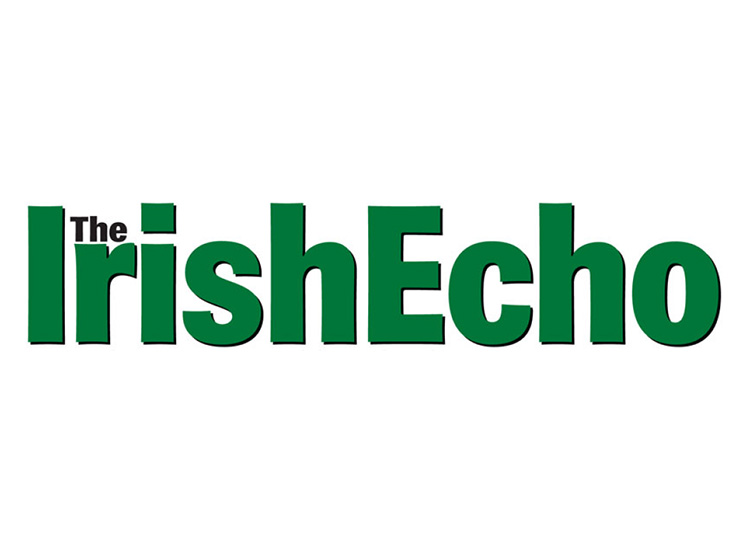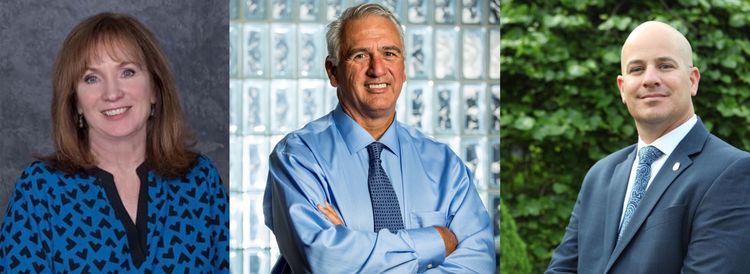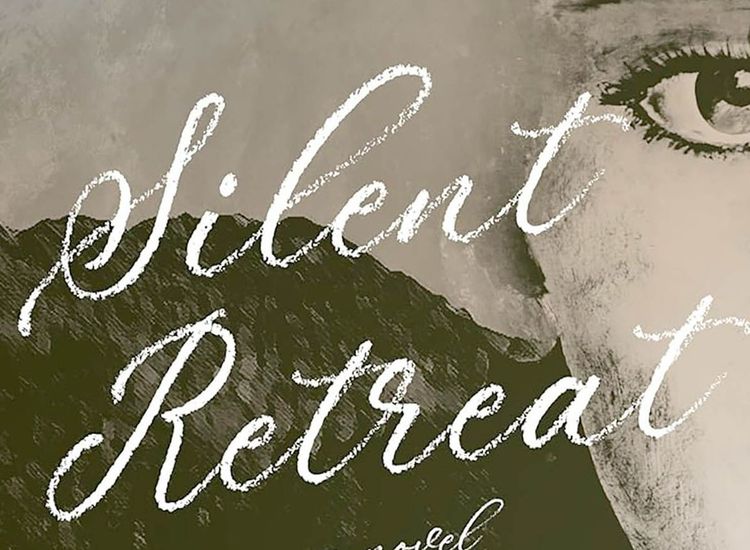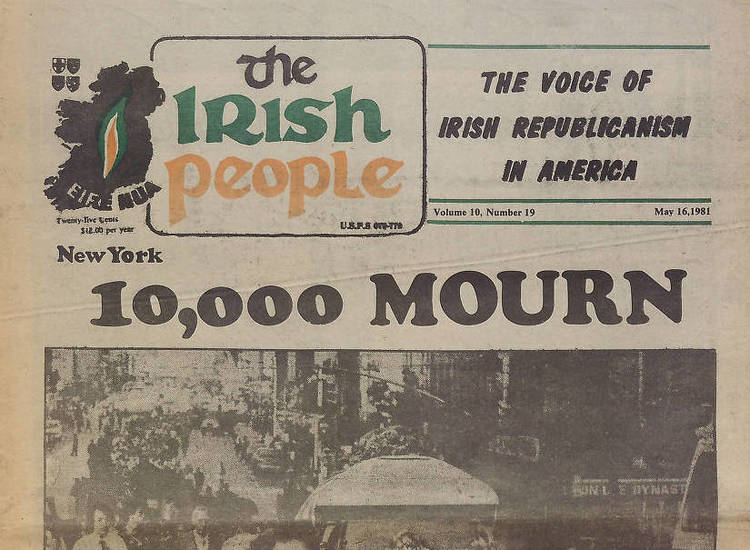Five of the Crannua Collective’s 10 members. Each track on their first album is a collaboration, involving the songwriting efforts of at least two musicians in the collective.
Music Notes / By Colleen Taylor
The Crannua Collective is a new Irish music initiative featuring three generations of musicians from either side of the Atlantic who collaborate through composition. This collective, made up of 10 artists (listed below) well-known in the Irish music scene, gives a self-conscious structure to the way Irish music has been made and circulated throughout history. Meeting at various meccas of the Irish diaspora—New York and Dublin primarily—these Crannua musicians gather to create new tunes and ballads through musical play, curiosity, and improvisation. These tunes, although globalized and modernized, point back to origins, historical and physical, in the West of Ireland. This all sounds very romantic and nostalgic (and it is), but who exactly are the Crannua Collective, and why have they collected themselves together?
The Crannua lineup involves many names that need no introduction: Moya Brennan, Dave Curley, Ashley Davis, Cormac De Barra, Éamonn De Barra, John Doyle, Colin Farrell, Cathy Jordan, Gawain Mathews and Mick McAuley. Formerly of bands like Clannad, Solas, and Dervish, these musicians represent the best of traditional Irish and Celtic music and have since gone on to establish themselves in solo careers as singer-songwriters. But historically, Irish music has not been driven by individual stardom but, rather, the communal, cultural service it can provide. By collectivizing and collaborating, these solo musicians acknowledge and honor that historical truth.
Born in 2015 for the World’s Fair in Milan, Ashley Davis and Cormac De Barra envisioned the Collective and soon invited other writers to participate: Moya Brennan, Joyn Doyle, and Éamonn De Barra. The group quickly acquired the writing talents of the other five musicians listed above and made their official debut in Dublin in 2017 for the Temple Bar Trad Fest. As the Collective explained to me, they chose the name “Crannua” or “new tree” as a self-reflective metaphor: “This new singular entity was taking shape and being sourced out of so many varied roots. This new band was, in essence, a new tree in bloom and rooted strongly in so much tradition from both sides of the Atlantic.” Since their 2017 debut as the Crannua Collective, they have performed in several events across the United States: the North Texas Irish Fest, the Tulsa Irish Fest, the Michigan Irish Fest, and, finally, they just released their album on Nov. 8 at IrishFest Atlanta. Going forward, they hope to collect even more members—and certainly, more followers.

As the name indicates, the Crannua Collective is not a band, exactly, but more of an organization. They even have a mission statement: “The Crannua Collective have come together to construct a new and original voice, creating a contemporary body of work drawn from their collective and individual music history.” The musical version of a commune, these songwriters share and contribute their creativity and skill, rather than withholding it for their own individual careers. In their own words, they privilege vision and originality: “We believe that there is much more room and acceptance for original music now within the Celtic genre.”
Chasing their mission of originality, the Crannua Collective has spent the majority of their collaborative time composing and producing their newly-released debut and self-titled album. Each track on the album is a legitimate collaboration, involving the songwriting efforts of at least two musicians in the collective. It is hard to summarize the Crannua sound; with so many musicians and influences, the tracks are diverse. The modern dressings of old Celtic-influenced sounds are clearly heard in the album—things like echoing choruses, modernized vocals—evidencing the Collective’s mission of originality. However, if pressed, I don’t think that modernity, per se, would be my primary descriptor of what the Crannua Collective has created. Instead, I hear something far older—a bardic, Gaelic sound. Soft harps, flutes, vocals pulled my own creative thoughts back in history, to the Gaelic era when a bard’s harp was heard in a medieval hall. While innovating, the Collective’s interest in Celtic styling has also made them musical archivists.
The Collective sees their album as divided between “the ones that make us smile and the ones that bring a tear to the eye.” I have identified two other generic categories: the ones that tell a story, like “The Civil War Song,” and the ones that bring the listener on an imaginative, magical traipse through the mind, such as “Are You Going My Way” or my favorite, “Be My Darling.” Another notable song is “Cén Áit a bhFuil mo Rí (Where is my King), involving the moving vocals of singer Cathy Jordan. Indeed these dual modes of narration and escapism are in tune with the history of Irish music as well, repackaged through new collective voices and visions.
In early modern Ireland, songwriting was part of societal infrastructure and held great cultural prestige, with honored bards composing tunes to narrate the epic histories of their chieftains. The Crannua Collective seems to reach for that same cultural solemnity. They are serious and erudite about their mission and intent in the sociocultural structure of the Collective. Perhaps in the Crannua Collective, we can see both the old and future ways of making Irish music, where far-off travelers come together and merge their varied experiences into one, holistic song.
You can find out more about The Crannua Collective and listen to their album at thecrannuacollective.com. You can also follow them on Facebook.









